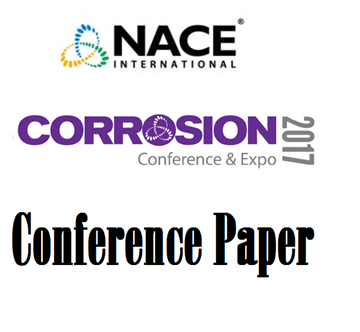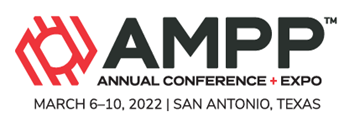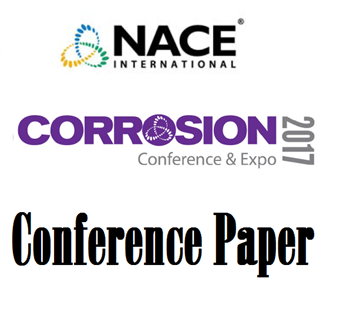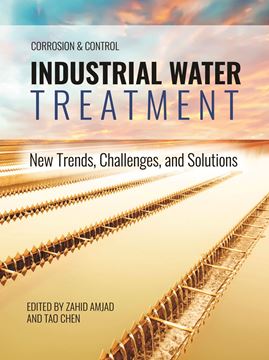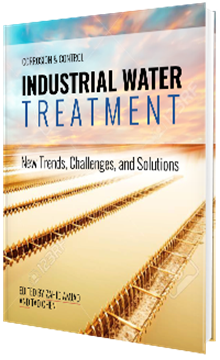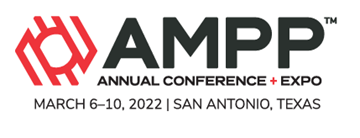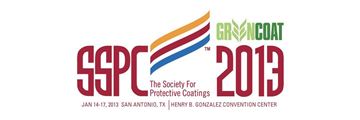Search
Products tagged with 'oil and gas'
View as
Sort by
Display
per page
Effect of Trace Concentrations of H2S Introduced to Existing Sweet Corrosion Product Layers
Product Number:
51323-19261-SG
Publication Date:
2023
$20.00
Enhanced Corrosion Prediction Model for Multiphase Oil and Gas Production Systems
Product Number:
51317--9419-SG
ISBN:
9419 2017 CP
Publication Date:
2017
$20.00
Evaluation of the Hydrogen Diffusion and Transport Kinetics in ASTM A508 Grade 4N
Product Number:
51321-16404-SG
Publication Date:
2021
$20.00
Evaluation Of Titanium 475 Alloy For Use In Oil And Gas Environments
Product Number:
51322-17840-SG
Publication Date:
2022
$20.00
Guidelines for Corrosion Inhibitor Selection for Oil and Gas Production
Product Number:
51317--8842-SG
ISBN:
8842 2017 CP
Publication Date:
2017
$20.00
High-strength Nickel Low Alloy Steels for Oil and Gas Equipment: ASTM A508 Grade 4N under cathodic protection and simulated sour environments.
Product Number:
51320-14706-SG
Publication Date:
2020
$20.00
Hydrogen Stress Cracking Resistance Of High Strength Alloys For Subsea Fasteners
Product Number:
51321-16709-SG
Publication Date:
2021
$20.00
Implementation of Strong Acid and CO2 Corrosion in CFD Software
Product Number:
51324-21225-SG
Publication Date:
2024
$40.00
Industrial Water Treatment New Trends, Challenges, and Solutions
Product Number:
37628-pdf
ISBN:
978-1-57590-457-3
$135.00
Industrial Water Treatment: New Trends, Challenges, and Solutions
Product Number:
37628-POD
ISBN:
978-1-57590-357-6
$135.00
Innovative Biocide Blend Solves Microbial Contamination Issues In Hydraulic Fracturing Applications
Product Number:
51322-18154-SG
Publication Date:
2022
$20.00
In-Situ Coating Method for Cleaning and Coating of Internally Corroded Pipelines in the Field
Product Number:
41213-751-SG
Publication Date:
2013
$20.00


